The Northern Lights are one of the most awe-inspiring natural wonders in the world. Unless you live in an area close to the poles, hunting the Northern Lights is often an adventure that may or may not result in success. Here is a detailed guide on how to see the Northern Lights, and the best tips to go Northern Light hunting.
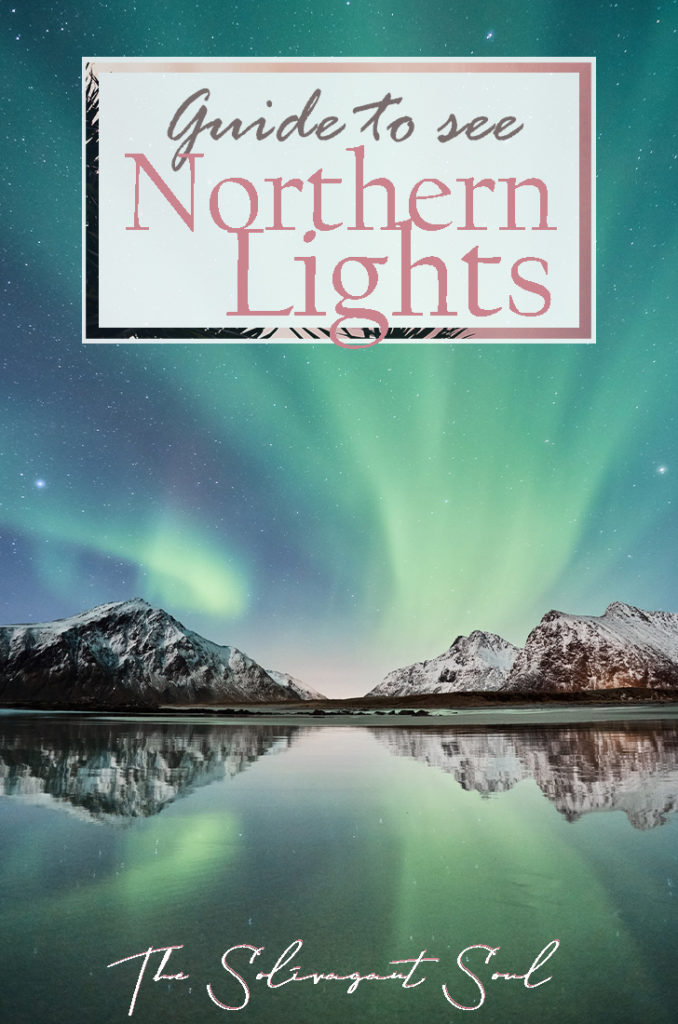
- What are the Northern Lights
- Why do the Northern Lights have different colors
- Where and how to see the Northern Lights
- How to know if there will be Northern Lights
- Best tips on how to see the Northern Lights: The eleven-year cycle
- What to wear to see the Northern Lights
- How to dress to see the Northern lights in winter
Disclosure: Some of the links below are affiliate links. This means that, at no cost to you, I will earn a small comission when you purchase something that will help me keep this blog alive.
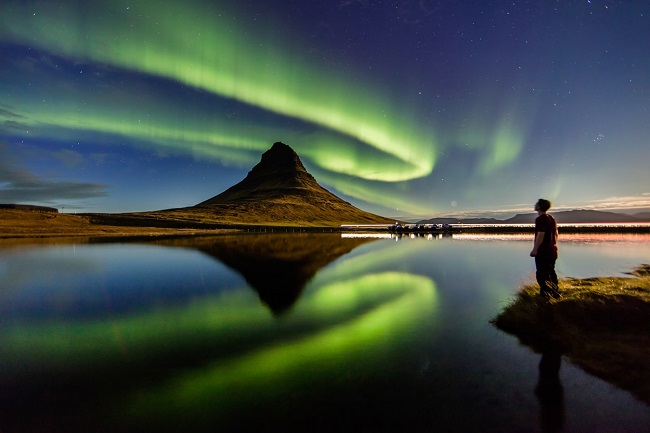
What are the Northern Lights
The Northern Lights, also known as the Aurora Borealis, are the result of particles from the sun hitting the Earth atmosphere. The sun is always emitting these particles and they usually reach us 2 to 3 days after they have left this star. In occasions, there are stronger solar storms that cause these particles to move faster. Since the sun does not have an atmosphere, these particles can arrive to other planets in more or less intensity. Strong solar winds can make these particles arrive to the Earth in up to 8h.
These particles do not hit only the North pole. The Aurora Borealis is caused by the solar energy hitting any area of the globe. What actually happens is that these particles respond to the magnetic fields and are pulled towards the North and South poles. Depending on the intensity of the energy that arrives from the Sun, the energy will accumulate around the North pole in an oval shape. Under this shape is where (if stars align) the Northern Lights will be visible.
Interesting fact: Northern and Southern lights occur simultaneously and are mirror images of each other.
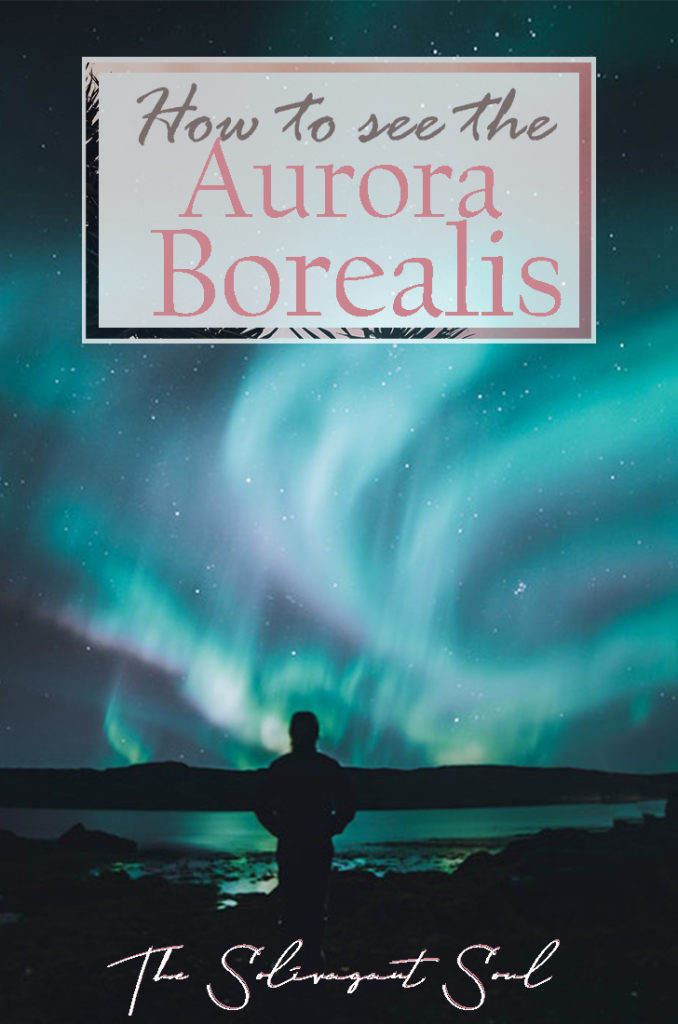
Why do the Northern Lights have different colors
In simple words, the Northern lights have “thickness”. While from the ground we see only two dimensions, the truth is that they are a tridimensional event and can cover a few kilometers in the atmosphere. Depending on how high they are, the Aurora Borealis will look green (between 100 and 250km, aka 60-150miles). Below that, they may look blueish or reddish and above that, they often appear with very bright red tones.
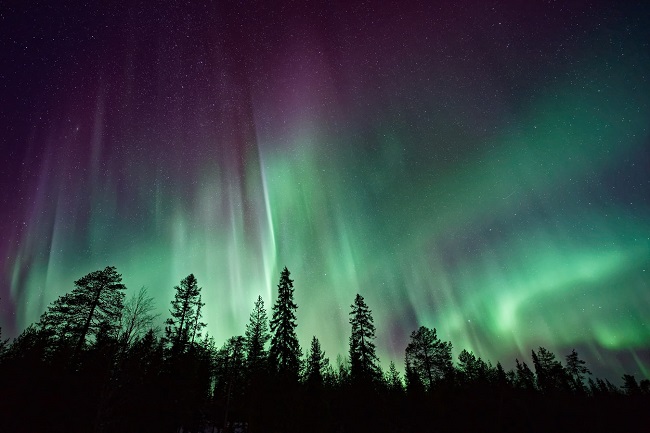
Where and how to see the Northern Lights
Three main factors are important when considering how to see the Nothern Lights: Location, light and weather.

Location
Unless you decide to hunt the Northern Lights on a day with extremely high solar activity, the Aurora is only visible close to the North Pole. For example, Iceland (my choice) is a kind of safe bet, all things considered. Another very popular destination in Europe to hunt for Northern Lights is Tromso in Norway. A friend of mine has seen them on Stockholm. You see the pattern.
Even though they can be seen from as South as London, the closest you are to the North Pole the easiest will be for you to spot them. In case you are wondering how to see the Northern Lights in North America: it is often possible to see them in some areas of Canada, Greenland or Alaska.
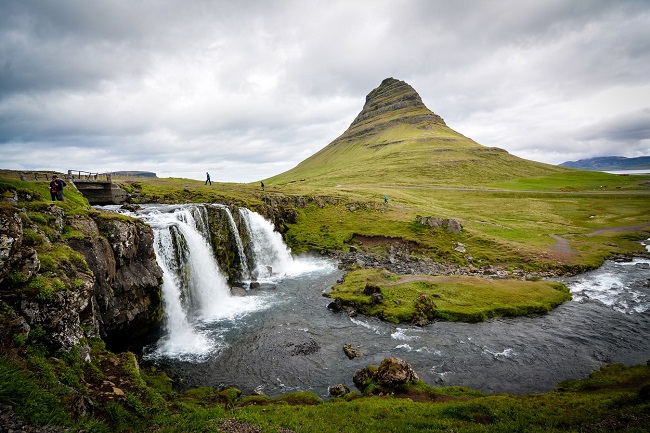
Light contamination
Despite latitude being crucial for Northern Light spotting, it is also almost as important that you find a location without light contamination. Try to travel at least 45 minutes to one hour away from any source of light. Especially big cities. Also consider that the light does not only comes from cities. If the sun is not completely gone and the night is still not fully dark, you may not see faint Northern Lights. The same applies to the Moon. If you don’t have strong Northern Lights and it is a night with a flaming full moon, you may not succeed in visualizing soft Auroras.
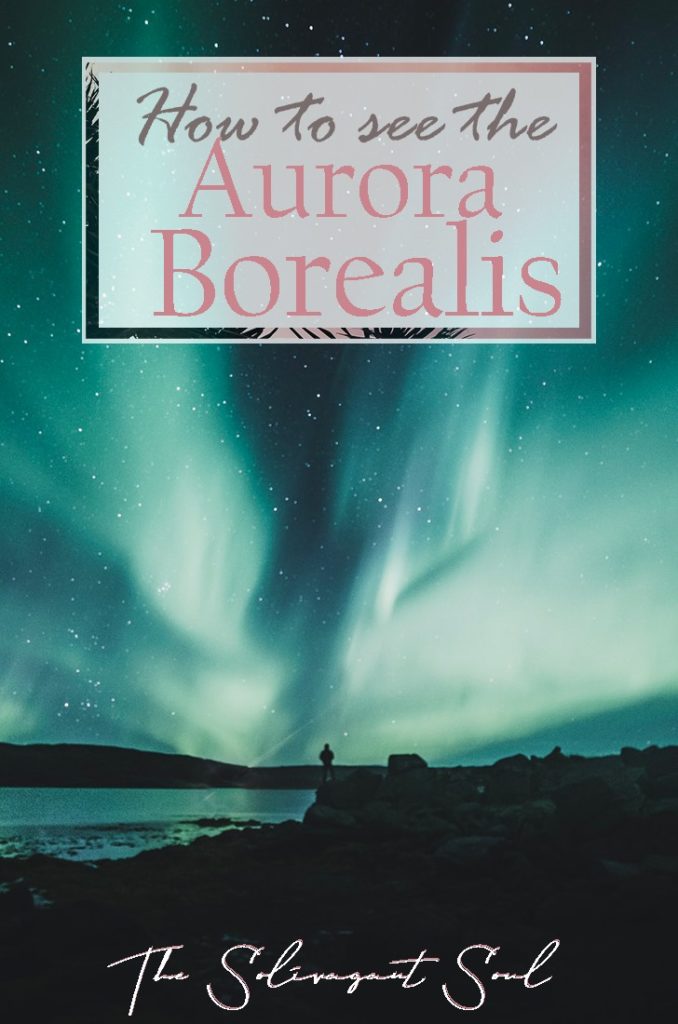
Weather
Finally, there is one final thing to consider when going Northern Light hunting: the weather. As I mentioned in the beginning of this post, the Northern Lights happen when particles from the sun hit our atmosphere. Obviously, these particles hit the outermost layer of the planet and there is where they react with our magnetic poles forming the Aurora Borealis. Since clouds naturally occur between this layer and the troposphere (where we live), if you try to find the Northern Lights on an overcast day, you will see nothing.
If you decide to hunt the Northern Lights in Iceland, you can use this website to check the weather. I especially like it above others because it combines clouds at different levels to give you a map on where you can find the Northern Lights. When I was looking for information on how to see the Northern Lights in this country I realized that it was one of the best websites. In addition to provide data on the weather, it combines this information with solar activity and moon phase to give you a better forecast.
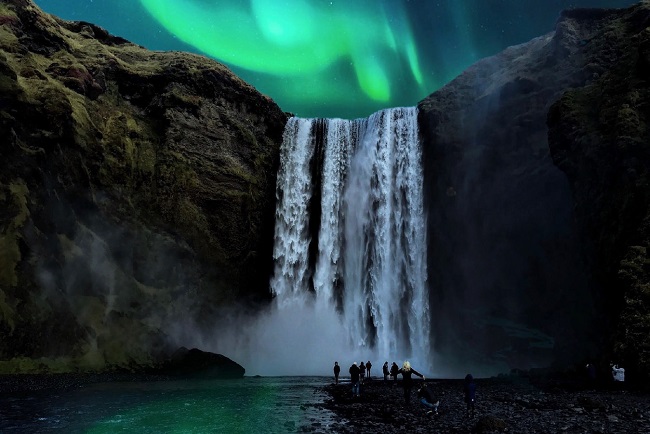
How to know if there will be Northern Lights
The first important thing when wondering how to see the Northern Lights is the simplest one: Will there be auroras? Earlier in the post I told you how it takes between 8h and three days from the solar particles to travel from the sun to the Earth. Because of the delay, Sun storms are detected and Northern Lights can be predicted. Of course, not all solar flares travel at the same speed and often these predictions can be affected. In any case, they are good indicators of what you can expect.
Usually, the prediction of Northern Lights is given in a scale going from 0 to 9. Zero being the least visible auroras (only visible with a camera), and 9 having the skies on fire. The exact scale is known as the Kp index and works as follows:
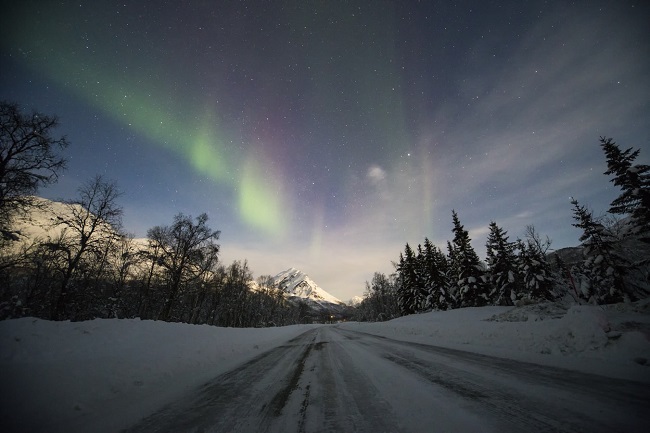
Kp 0 to Kp 2 -> quiet auroras, barely visible or only visible with a camera and long exposition.
Kp 3: Low activity
Kp 4: Active Aurora/low level storm
Kp 5: Minor storm
Kp 6: Moderate storm
Kp 7: Strong storm
Kp 8: Severe storm
Kp 9: Extreme storm.
Obviously, these storms refer to solar storms.
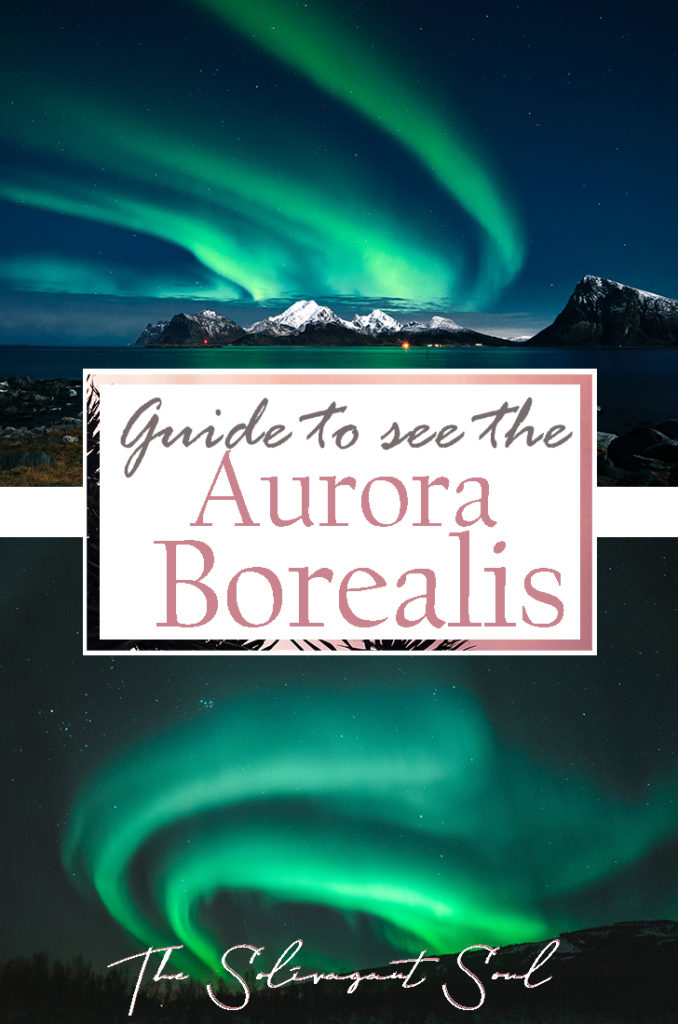
Most of the time you will expect Kp indexes ranging between 0 and 3. If that is the case, you may still manage to get some interesting pictures with the right gear. For example, the day I took my pictures we had a Kp index of 3. In person, the Northern Lights look beautiful. But truth be told, the pictures I took that night are much nicer than the reality. I cannot imagine how a Kp9 would be like in person! In any case, if you wonder how to see the Northern Lights, I would suggest that you wait to Kp indexes of 4 or more.
Best tips on how to see the Northern Lights: The eleven-year cycle
Something interesting happens to the sun every 11 years. Give or take. Both its North and South poles switch. All of this causes the magnetic field of the sun to switch causing massive solar storms leading to amazing Northern Lights. Eleven years after this switch, the Poles reverse again and the same story repeats. Because of this reason, every 11 years there is a winter with extremely high Aurora activity. The last year when this happened was 2014. The next expected highly-active year will be 2025. Then 2036. Followed by 2047 (if any of us is still around). Because there is a steady decline and increase over these cycles, the worst period of time to see the Northern Lights would be 2020, 2031, 2042…
In any case, if you wonder how to see the Northern Lights in “low years”, do not worry. Even in “low periods”, you can still see them. I visited Iceland the winter of 2020 and still got some beautiful pictures. But if you do not mind waiting a few years, it may be well worth it.
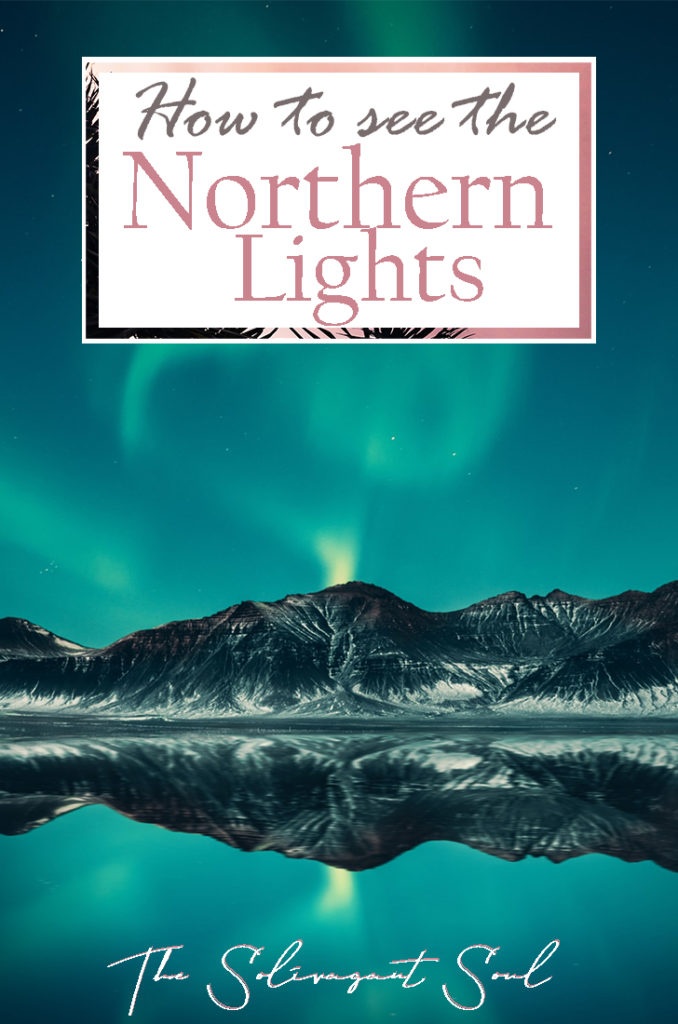
What to wear to see the Northern Lights
The simplest way to answer this question is: as many layers as you can. I was wearing two pants. One of them with a furry polar inside, the second with a layer against the wind and snow. I was wearing sky boots and two pairs of socks. On the top, I was wearing two polar layers, one ski shirt, a wool sweater and a massive coat until my knees. I was also wearing a big scarf, a neckie and a hat with two layers. My globes are some of the warmest out there.
All of this was not enough.
We were not there on an especially cold day or night, but the temperatures dropped to -14°C (6°F). Considering that we were just staying still while taking the pictures, the temperature-feeling was even colder. Our guide later told us that she was wearing four pants and the same number of socks per feet. Please, wear as many layers as you can! You will not regret it!

How to dress to see the Northern lights in winter
My recommendations on what to wear to see the Northern lights are the following: wear two layers of gloves, specially if you plan on taking pictures. An inner layer of thermal liner globes, covered by strong wind and waterproof thicker ones. The thinner inner layer of lining gloves will allow you to manipulate the camera better than wearing only the thick gloves or none.
Then, wear a thermal neckie and a scarf on top of it. Obviously get a great hat. Layer up three to four thermal shirts and a sweater on top. Wear also a pair of thermal pants underneath ski pants. And finally, wear good wool socks (ideally two pairs) on waterproof warm boots.
All of this, combined of course with a warm coat. Mine was suited for temperatures up to -30°C (-22°F) and it was the same I used when I visited Banff a few years earlier. Here you have the female and the male versions of it. Consider owning this type of coat as a life investment. You will most likely use it only a few times a year and it may last a lifetime. Alternatively, consider buying also “heat packs”. These small packs produce heat when activated and are lifesavers. Especially when you stop feeling your fingers and toes.
If you are wondering how to see the Northern Lights, I hope you found this post useful! If you loved it, share it and spread the love!
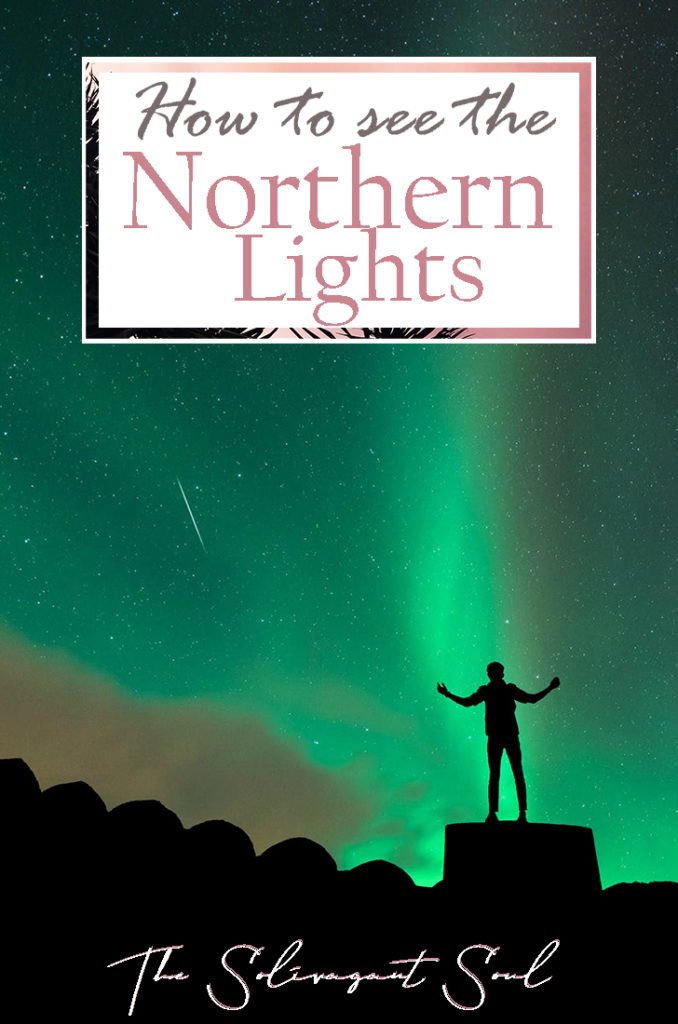


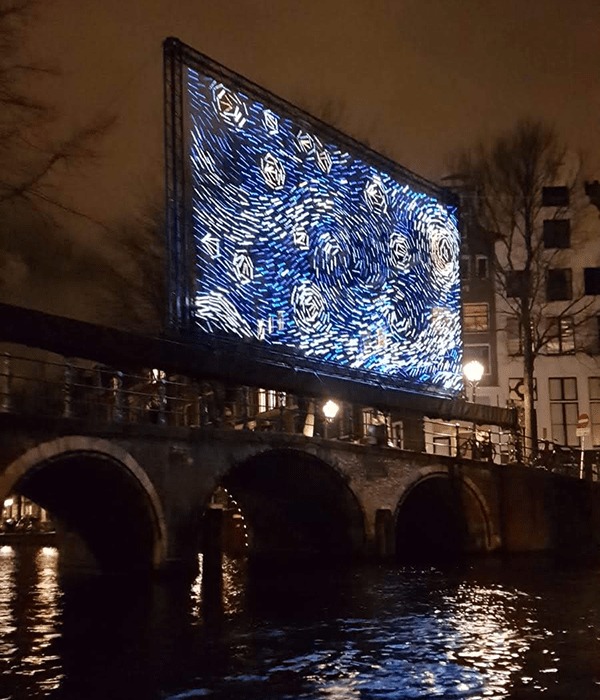
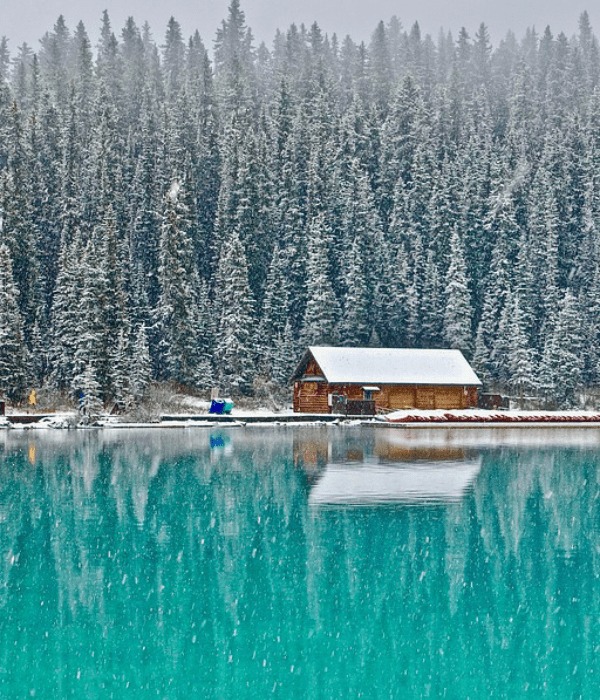
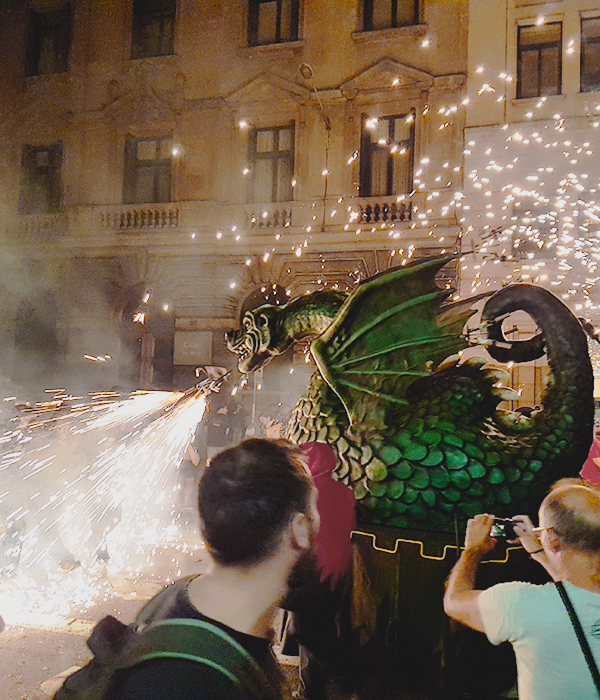





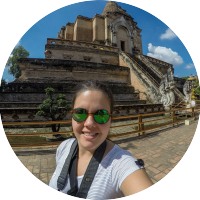
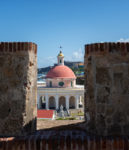
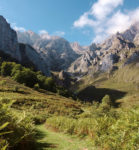
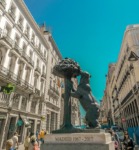
Love this! I was supposed to see them in Norway in March…. buuuut that didn’t happen of course :p.
What an amazing and complete guide, thanks for sharing it. I was in Iceland in the last spring, and I didn’t have the chance to see the Northern Lights, but I still need to go back during a time where I can also experience this amazing nature beauty.
Great tips I will definitely need these one day! saving it!!
This is so fascinating! I’ve always wanted to see the Northern Lights.
Thanks for this information
We live at lat 45° NW Vermont USA
We’ve been astonished to view the lights in our sky for many years since 1973 when we built our house outside Burlington vt.
W e saw them.in winter and some glorious multicolor in the summer and fall. I used to rely on Alaska and Maine universities’ Auora updates.
Your details here are perfect and we’re grateful and will pass them on.